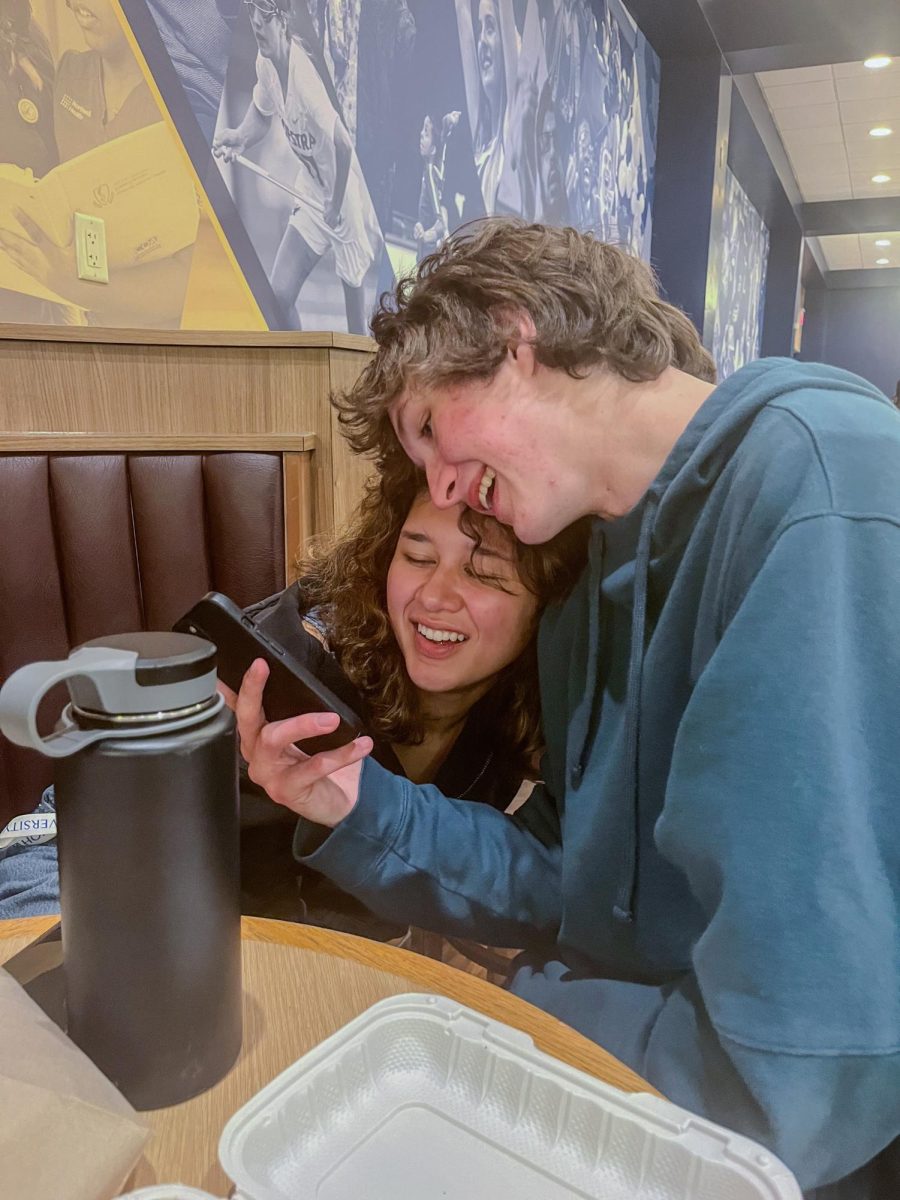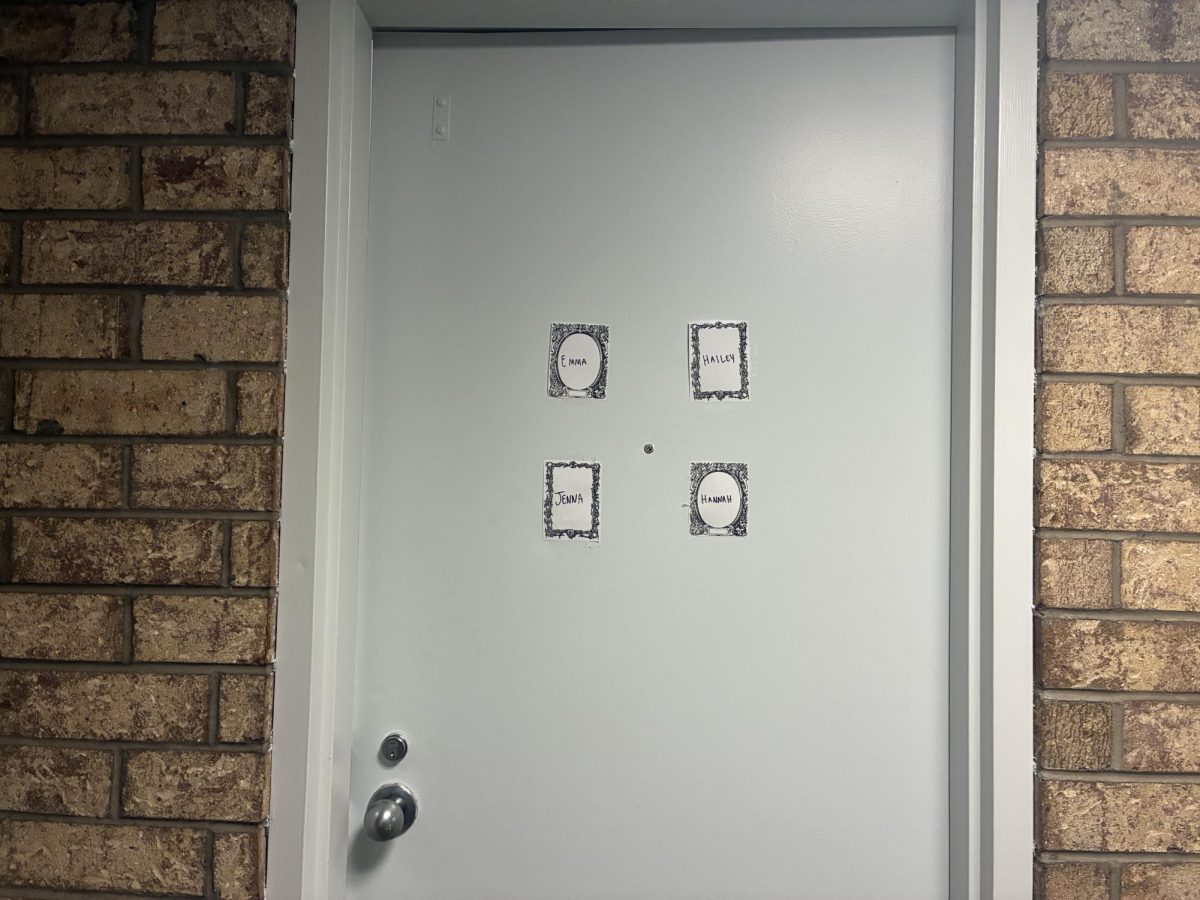There are five general learning styles that you can be sorted into: aural, visual, kinesthetic, verbal and logical. You can manipulate any environment by focusing on the key aspects of the learning style that fits best with your personality. There are tests that you can take to find out what learning style you are, but it isn’t necessary. I have personally benefitted from implementing a mix of all the learning styles into my studying routine, and I found that it helps me comprehend the material from a variety of different directions I might not have thought of previously.
The third learning style is kinesthetic learning. Kinesthetic means you are more drawn to hands-on activities where you can engage in your learning – learning where you can get physical. Many students wrongfully assume that it is hard to be hands-on in a college class, but it doesn’t have to be. Trying out kinesthetic learning can be one of the most fun styles you can incorporate into your study schedule, as there are a lot of different things you can do to learn your material through movement and creativity.
First, find ways to engage in your class. If your professor puts slides up on BlackBoard, print them out and write on them in class. If you are fidgety and cannot stand the thought of sitting still for hours at a time, invest in thinking putty or a fidget cube to curb your restlessness, as long as you are not disturbing anyone and not distracting yourself. Try associating different textures with different classes so you can engage more specifically. You can try pasting different textures into your notes, using notebooks with certain textures and forms and associating scented markers or colorful pencils with your class. Association can help you with recall during an exam as well – you won’t have a cheat sheet, but you will remember touching furry material while studying a question.
Second, find activities for children (or make your own) that break down how you can act out what you have just learned. Children’s lesson plans sometimes have insightful ways to engage students in classroom learning. You can do practice activities, experiments or your own exercises at home during different points in the semester; it will help you absorb the information better than just taking notes. Because these lesson plans are simpler and broken into easy-to-comprehend sections, they can help make a normally difficult topic easier to digest.
Finally, have fun. There are a lot of ways that you can learn as a physical learner. You can put on a skit for yourself and record it, engaging completely in props and activities so that you can cement what you learned. You can take an improv class to learn how to better be in tune with your body and mind. You can even utilize empty classrooms – if you find out when your class’s room is empty, you can go in and write all over the whiteboard, practice your speech or simply study using the room as an inspiration.
Next time, speak your learning into existence through verbal learning.






